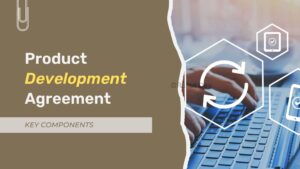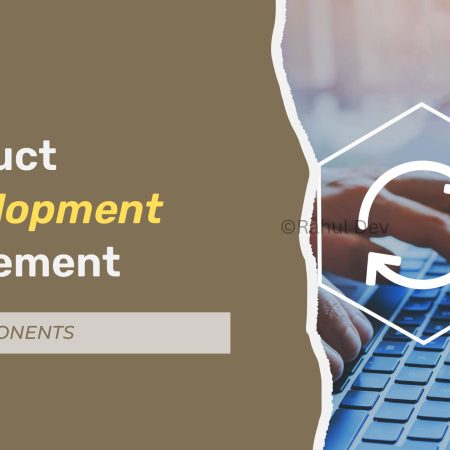Steps to Review a Product Development Agreement
Reviewing a product development agreement is an important step to make sure that both parties understand the terms and conditions of the relationship. This agreement spells out the work to be done, how it will be paid for, who owns the intellectual property, secrecy and non-disclosure rules, and what laws and rules must be followed. Here are a few more things to think about when looking over a product development agreement:
Scope of Work
The scope of work describes what each party has to do to make sure that the product is developed well. When you look at the work’s scope, you can find any holes or inconsistencies that could cause problems down the road. It is important to make sure that the work plan is complete and includes all of the tasks that need to be done for the product to be made. This makes sure that both sides know what their tasks are and can work well together.
Intellectual Property Ownership
In the section on intellectual property rights, it says who owns the intellectual property of the object and how it can be used. A thorough review helps keep people from fighting over who owns the IP rights for a product. It is important to make sure that the agreement clearly states the scope of the intellectual property rights and that both sides agree to the terms. This can stop legal problems and keep people from using the goods without permission. Ownership of intellectual property is a key part of the agreement because it says who can make, sell, and spread the product. In the deal, it must be clear who owns the product’s intellectual property rights.
For example, the agreement might say that all intellectual property rights for the product belong to the person who made it, while the investor has the right to use the product for selling and distribution.
Payment Terms and Conditions
The payment terms are an important part of the deal because they say how each party will be paid for their work. Reviewing the payment terms is a good way to make sure that both parties are paid fairly for their work. It is important to make sure that the payment terms are clear and that both sides agree to them. This can stop disagreements about pay and make sure the job is finished on time and on budget.
Privacy and Non-disclosure Clauses
Confidentiality and non-disclosure clauses keep private information from getting out to the wrong people. By looking at these rules, you can make sure there aren’t any leaks of information that could hurt the relationship. It is important to make sure that both sides agree to the confidentiality and non-disclosure clauses and that they cover everything. This can keep private information from getting out and make sure the partnership is based on trust and respect.
Applicable Laws and Regulations
Laws and rules must be followed in order to avoid legal problems in the future. Parties must make sure that the agreement is in line with all laws and rules, such as those about the environment, safety, and jobs. It’s important to make sure the deal covers everything and that both sides agree to follow all the laws and rules that apply. This can stop legal problems and make sure the relationship is built on a strong base.
Drafting a Product Development Agreement
Creating a new product can be fun and beneficial, but it needs to be planned and carried out with care. Executing a complete product development agreement is one of the most important parts of making a new product. This deal spells out the terms and conditions of the partnership and makes sure that both parties are safe during the whole process. To avoid misunderstandings and fights, it is important to spell out who is in the deal. In the agreement, each partner should be named and their roles in the company should be made clear. This knowledge will help make sure that both sides know what their duties and responsibilities are. For example, the deal might say that one party is the creator of the product and the other is the investor. The product may be made by the product creator, while the project may be paid for by the investor.
Advantages of Product Development Agreement
A product development agreement is a very important legal document that spells out the rules of a partnership to create and sell a new product. Reviewing the agreement carefully is important to make sure that everyone understands the terms and conditions of the partnership and to write a thorough agreement that protects everyone’s interests. By taking these steps, companies can make partnerships that work and help them reach their goals of bringing new innovative products to market quickly and strategically.
Click Here for AI Startup Valuation Guide.





